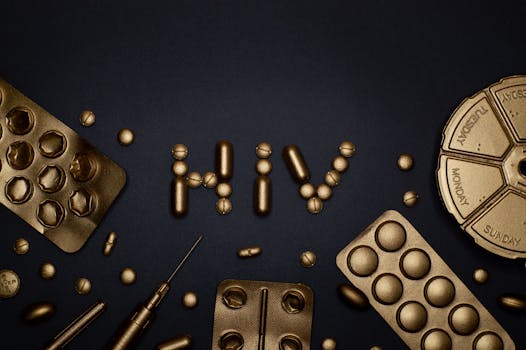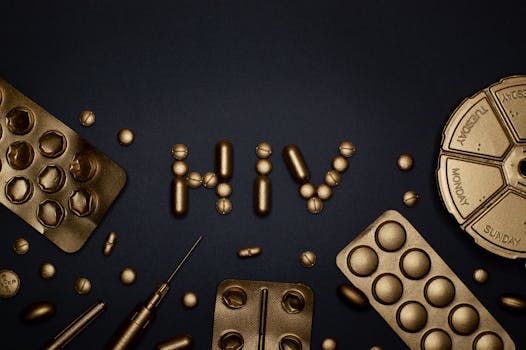
Introduction

The science behind vaccines and public health is a cornerstone of modern medicine. Vaccines are biological preparations that provide acquired immunity to a particular infectious disease. They are essential tools in preventing diseases and promoting public health.
How Vaccines Work

Vaccines work by mimicking an infection. This stimulates the immune system to produce antibodies without causing the disease. When faced with the actual pathogen, the immune system recognizes it and can fight it off more effectively.
There are several types of vaccines, including:
- Live-attenuated vaccines: These contain a weakened form of the germ that causes a disease.
- Inactivated vaccines: These contain germs that have been killed or inactivated.
- Subunit, recombinant, and conjugate vaccines: These use pieces of the germ to stimulate an immune response.
Public Health Impact

The impact of vaccines on public health is profound. Vaccines have led to the eradication of smallpox and have significantly reduced the incidence of diseases such as polio, measles, and diphtheria. Through herd immunity, vaccinations help protect those who cannot be vaccinated, such as infants and individuals with certain health conditions.
Herd immunity occurs when a large percentage of a community becomes immune to a disease, making its spread unlikely. This protects vulnerable populations and can lead to the eventual eradication of diseases.
Challenges in Vaccination

Despite their proven benefits, vaccines face challenges, including vaccine hesitancy. Misinformation and lack of access can hinder vaccination efforts, posing risks to public health. Education and transparent communication are vital in addressing these challenges.
Conclusion

Understanding the science behind vaccines and their significance in public health is essential for protecting communities. Continued education and advocacy for vaccination can help ensure a healthier future for all.






